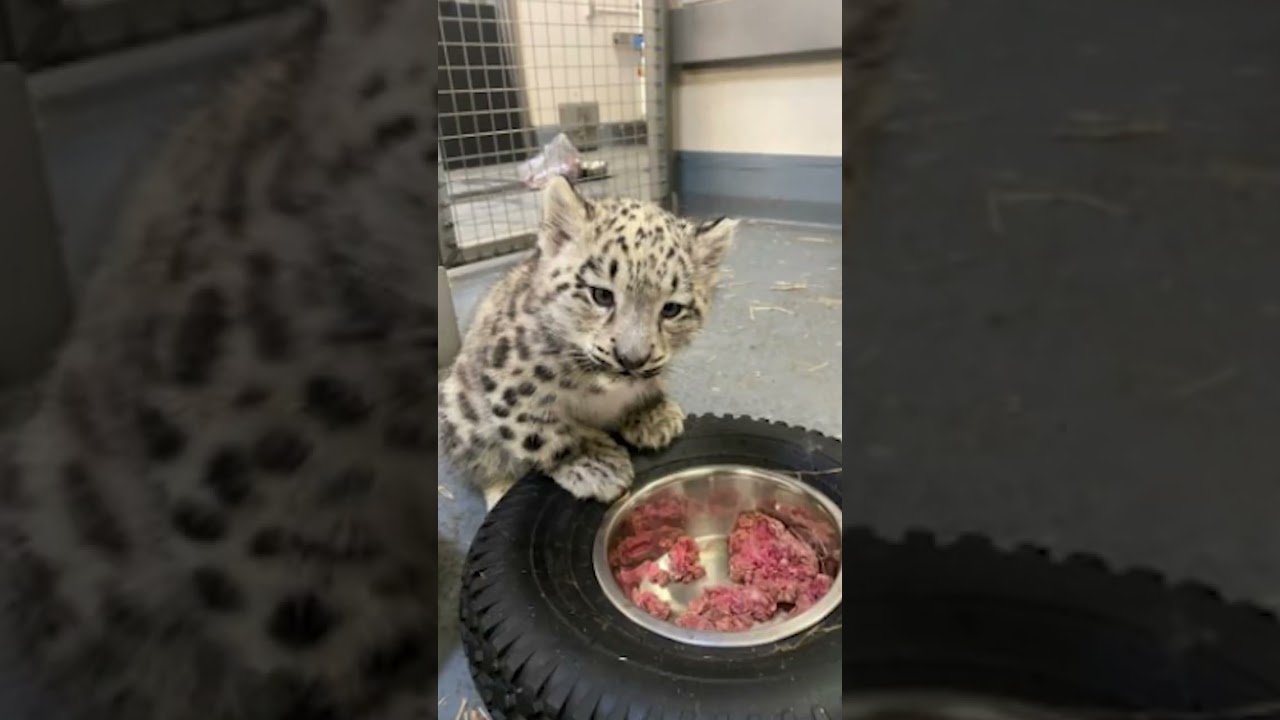- Introduction to Snow Leopards and the Significance of the Birth at Toronto Zoo
- Snow Leopard Cub Developmental Stages and Health Monitoring
- Habitat and Enclosure Design for Optimal Cub Upbringing
- Conservation Efforts and Genetic Diversity Initiatives
- Public Engagement and Educational Outreach on Snow Leopard Conservation
The Snow Leopard Cub Update from the Toronto Zoo has captivated wildlife enthusiasts and zoologists alike, offering a closer look at one of the most elusive big cats. As apex predators of their native Himalayan regions, snow leopards have always fascinated researchers and conservationists. The recent birth of snow leopard cubs at the Toronto Zoo is significant for numerous reasons. This update provides valuable insights into the cubs’ development, health, and the broader implications for conservation efforts.
Understanding snow leopards and their care at the zoo requires a grasp of their natural history and the challenges they face in the wild. Snow leopards inhabit mountainous terrains across Central and South Asia, with stable populations found in the remote regions of countries like Nepal, India, and China. Their adaptation to cold environments, secretive nature, and dwindling numbers make their conservation critical. The Toronto Zoo’s success in breeding snow leopards highlights the knowledge and dedication required to care for these animals.
The developmental stages of snow leopard cubs involve meticulous monitoring to ensure their optimal growth and health. From birth, zookeepers and veterinarians at the Toronto Zoo engage in regular check-ups, tracking weight, feeding patterns, and motor skills development. The first few weeks are crucial, as cubs are incredibly vulnerable, relying entirely on their mother’s care.
Health monitoring extends beyond physical development. Cub behavior is closely observed to assess their psychological well-being. Playful behavior, interaction with their mother, and response to environmental stimuli are indicators of a cub’s healthy development. Any deviations from expected patterns prompt immediate intervention by veterinary staff.
The habitat and enclosure design for snow leopards at the Toronto Zoo plays a critical role in the cubs’ upbringing. Snow leopards require environments that mimic their natural habitats, with ample space for climbing and hiding. The enclosures at the zoo are equipped with rocky terrains, vegetation, and elevated platforms, accommodating the leopards’ need for high vantage points.
Temperature regulation is another essential aspect of enclosure design. Snow leopards are adapted to cold climates, so their enclosures are designed to provide cooler areas, especially during the warmer months. Proper ventilation and shaded areas ensure the animals remain comfortable and stress-free. The zoo also incorporates enrichment activities, such as offering scent trails and puzzle feeders to stimulate the leopards both mentally and physically.
The Toronto Zoo’s commitment to conservation extends beyond providing a safe environment for the cubs. The zoo is actively involved in various snow leopard conservation initiatives, partnering with global organizations to support habitat preservation and anti-poaching efforts. Genetic diversity is a vital component of these initiatives. By managing breeding programs across different zoos worldwide, including the Toronto Zoo, it helps maintain a healthy and diverse snow leopard population in captivity.
Snow leopards face numerous threats in the wild, including habitat loss and poaching. Programs aimed at mitigating these threats often involve community engagement and education. The Toronto Zoo’s conservation efforts include support for local communities in snow leopard habitats, promoting sustainable practices that benefit both humans and wildlife. Financial support and knowledge sharing are key elements of these conservation projects.
Public engagement and educational outreach are crucial for raising awareness about snow leopard conservation. The Toronto Zoo leverages various platforms to educate the public on the importance of preserving these majestic animals. Informational exhibits, interactive sessions with zookeepers, and digital content like the Snow Leopard Cub Update video provide the public with up-to-date information and foster a connection with the animals.
Educational programs at the zoo often target younger audiences, instilling a sense of responsibility and passion for wildlife conservation. These programs include school visits, workshops, and summer camps that focus on the importance of biodiversity and ecological balance. By engaging the community, the Toronto Zoo aims to inspire the next generation of conservationists.
The Snow Leopard Cub Update video serves as a window into the daily lives of the cubs, offering viewers a unique perspective on their growth and development. It not only showcases the zoo’s commitment to animal welfare but also highlights the broader conservation message. The video emphasizes the collective effort required to protect snow leopards, engaging audiences and encouraging support for conservation initiatives.
In conclusion, the snow leopard cubs at the Toronto Zoo symbolize hope for the future of this endangered species. Their development and care are the result of dedicated efforts by zookeepers, veterinarians, and conservationists. Through meticulous monitoring, well-designed habitats, and continuous public engagement, the Toronto Zoo plays a crucial role in snow leopard conservation. The Snow Leopard Cub Update offers valuable insights into these efforts, shedding light on the importance of preserving one of nature’s most awe-inspiring creatures.
*****
Source Description
Even snow leopards sometimes have specialist appointments 🩺
The firstborn, and the larger of the two cubs, appeared to have challenges with her gait and putting weight on her front paws.
With guidance from an external rehabilitation veterinarian, the team began physiotherapy exercises for her front paws twice a day to improve the flexibility in her paws and joints. Over the course of three visits from the rehabilitation vet, these exercises were expanded as her condition began to improve.
Thanks to these dedicated efforts, she has made tremendous progress, and you can see a noticeable difference in her mobility! She always maintained a fighting spirit and her gait never held her back from climbing and moving around. She continues to be active and playful, interacting more confidently with her enrichment and her sister.
Watch the video to learn more about her journey and recovery ❄️ #snowballs

